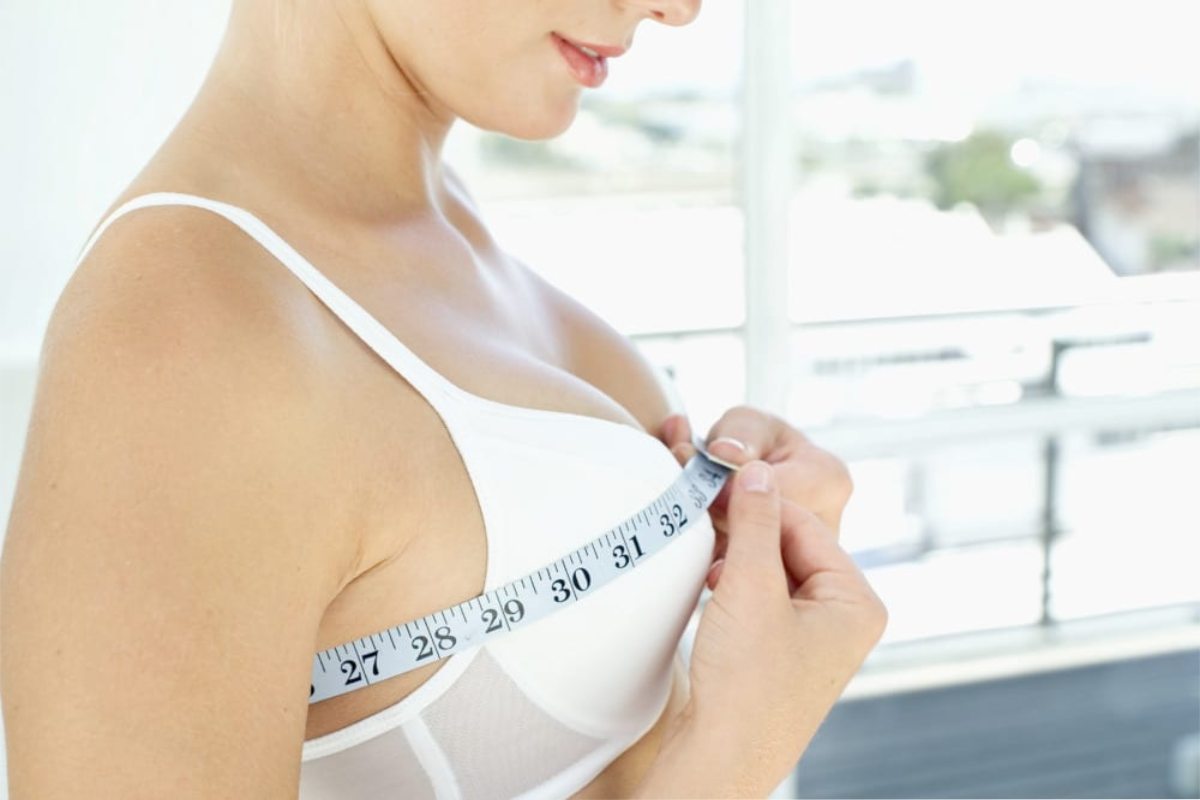One of the most popular cosmetic surgery procedures is breast augmentation. It’s widely accepted as a way of sculpting one’s body, resizing and shaping the breasts to match what those undergoing augmentation believe would look best. Deciding to undergo breast augmentation is a deeply personal choice and is a decision best made with the help of a plastic surgeon.
Table of Contents
What Is Breast Augmentation?
Breast augmentation, sometimes called augmentation mammoplasty, is a surgery that involves placing breast implants under either breast or chest tissue to increase the size or improve the shape or size of the breast. It can be used to improve asymmetry or adjust the size of breasts after significant weight loss or pregnancy. The most common types of implant options for breast augmentation surgery are:
- Saline breast implants: These implants use saline (sterile salt water) and are FDA-approved for women 18 and older.
- Structured saline breast implants: These implants are also filled with sterile salt water, but also include an inner structure to create a more natural feel.
- Silicone breast implants: Using silicone gel, which feels more like natural breast tissue than saline, these implants improve the shape of the breasts. They’re FDA-approved for women 22 and older.
- Form-stable breast implants: Sometimes called gummy bear breast implants, these retain their shape even when broken. They use thicker silicone gel and tend to be tapered in shape.
- Fat transfer: During a fat transfer breast augmentation, liposuction harvests fat cells from other parts of the body, and it is injected back into the breasts. However, this process can only slightly enlarge the breast and doesn’t add firmness.
A plastic surgeon can help you determine the right material, size, and shape for your goals and situation.
Who’s a Good Candidate for Breast Augmentation?
Good candidates for breast augmentation meet several criteria:
- Be in good physical health without infections, serious illnesses, or untreated cancer.
- Have breasts that sag, are asymmetrical, lack volume, or are flattened or elongated.
- Don’t smoke or drink significant amounts of alcohol.
- Have a healthy frame of mind.
- Have realistic expectations about changes breast augmentation can create.
How Breast Augmentation is Performed
Breast augmentation is a relatively simple process. You’ll most likely be able to go home the same day, even if general anesthesia is used during the surgery.
To begin, your surgeon will make one incision either in the crease of your breast (inframammary), under your arm (axillary), or around the nipple (periareolar). Then, the surgeon creates a pocket by separating breast tissue from the chest’s connective tissue, either in front or behind the outermost muscle. The implant is then inserted and centered behind the nipple. Once the implants are in place, the surgeon closes the cut with stitches.
Recovery After Breast Augmentation
On average, it takes four to six weeks to recover from a breast augmentation. During this time, your doctor will order that you avoid physical activity and lifting heavy objects, which can interfere with the healing process. It’s normal to feel pain, fatigue, nausea, chest tightness, and either oversensitivity or a loss of sensitivity in your breasts immediately after surgery.
The first few days are often the most difficult. Within a week, the intensity of the pain fades and you can usually start returning to some of your normal activities. After four weeks, there should be little to no pain or discomfort and any swelling should have faded. Once six weeks are up and you have had a follow-up appointment to confirm healing, you should be able to return to your usual activities.
Frequently Asked Questions
How soon can I exercise after breast augmentation?
Walking should begin immediately after surgery, but you should avoid intense exercise for 6 weeks. This includes lifting weights, jogging, and biking, which could impair healing or cause the implants to shift.
When can I go back to work after breast augmentation?
Returning to work depends on your job and the physical demands of your position. You should not perform upper arm movements such as reaching for the first one to two weeks, and most are restricted from lifting more than five pounds for six weeks, which may prevent a return to work before this.
Can I breastfeed after getting breast augmentation?
Breastfeeding ability may be affected by depending on the incision site and placement of the implant. When the implant is below the breast tissue or below the chest muscles, the ability to produce milk is usually not impacted. A periareolar incision site can impact breastfeeding, but inframammary or transaxillary incisions typically don’t cause issues. If you plan on breastfeeding in the future, be sure to discuss it with your surgeon.
How do I choose a new size?
Choosing a new size should be done with your plastic surgeon during the consultation. Everybody is different, as are individual goals. Your surgeon should be able to guide you through choosing the size that will get you the desired results.
Does breast augmentation increase the risk of breast cancer?
No, implants and breast augmentation do not increase the risk of developing breast cancer, nor does it impact the treatment of breast cancer for those who develop it. However, a possible association has been found between implants and a rare cancer known as anaplastic large cell lymphoma.


